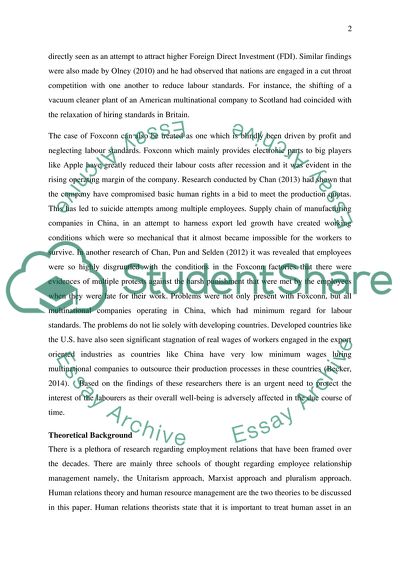Cite this document
(“International and Comparative Employment Relations Essay”, n.d.)
Retrieved from https://studentshare.org/human-resources/1667859-international-and-comparative-employment-relations
Retrieved from https://studentshare.org/human-resources/1667859-international-and-comparative-employment-relations
(International and Comparative Employment Relations Essay)
https://studentshare.org/human-resources/1667859-international-and-comparative-employment-relations.
https://studentshare.org/human-resources/1667859-international-and-comparative-employment-relations.
“International and Comparative Employment Relations Essay”, n.d. https://studentshare.org/human-resources/1667859-international-and-comparative-employment-relations.


